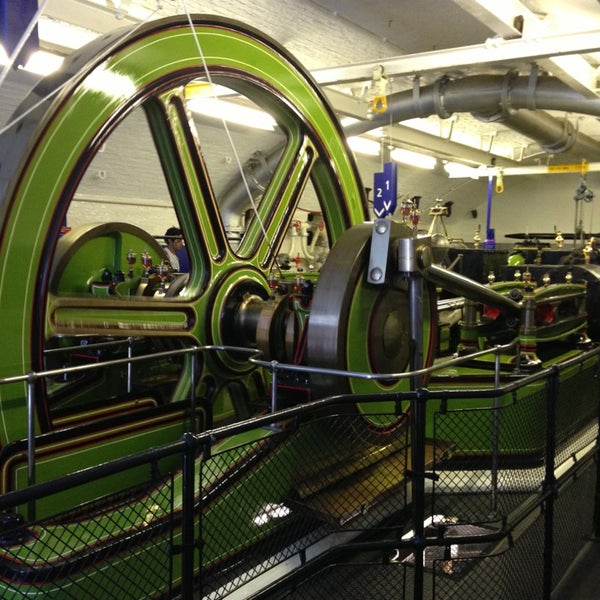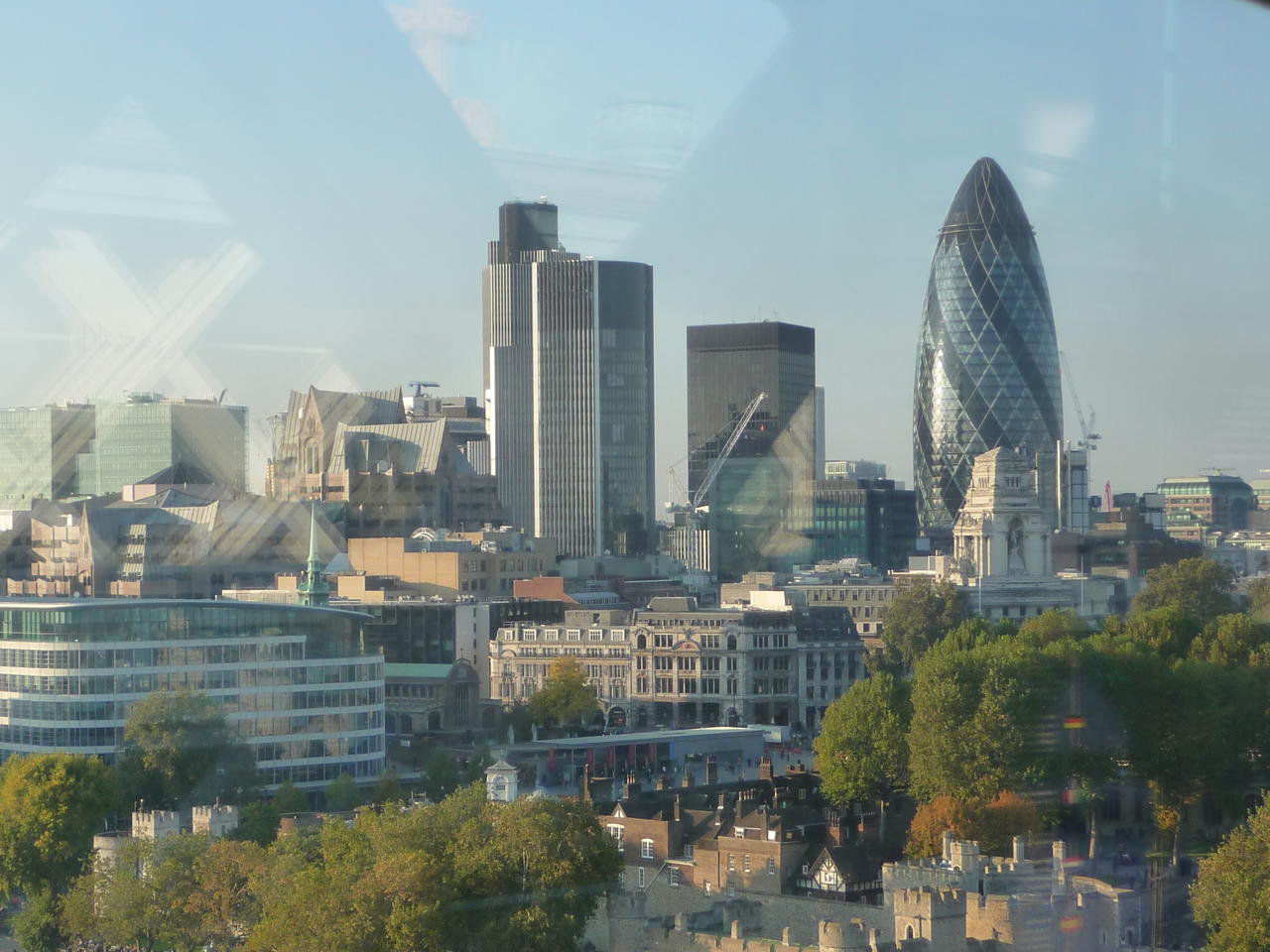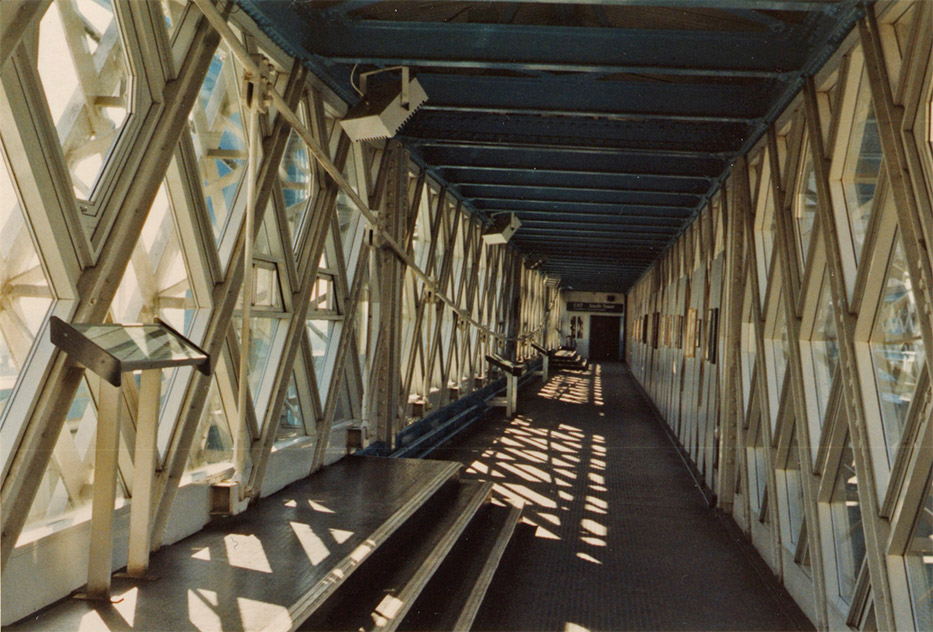
The property is a model example of a medieval fortress palace, which evolved from the 11th to 16th centuries. They represent the apogee of a type of sophisticated castle design, which originated in Normandy and spread through Norman lands to England and Wales.
#TOWER BRIDGE MUSEUM SERIES#
As the most complete survival of an 11th-century fortress palace remaining in Europe, the White Tower, and its later 13th and 14th century additions, belong to a series of edifices which were at the cutting edge of military building technology internationally. The property is an outstanding example of late 11th century innovative Norman military architecture. The Tower has an iconic role as reflecting the last military conquest of England.

The Tower represents more than any other structure the far-reaching significance of the mid-11th century Norman Conquest of England, for the impact it had on fostering closer ties with Europe, on English language and culture, and in creating one of the most powerful monarchies in Europe. The Tower of London was built as a demonstration and symbol of Norman power. The Tower literally ‘towered’ over its surroundings until the 19th century. It had the dual role of providing protection for the City through its defensive structure and the provision of a garrison, and of also controlling the citizens by the same means. Sited strategically at a bend in the River Thames, it has been a crucial demarcation point between the power of the developing City of London, and the power of the monarchy. As the gateway to the capital, the Tower was in effect the gateway to the new Norman kingdom.

The Tower of London has Outstanding Universal Value for the following cultural qualities:įor both protection and control of the City of London, it has a landmark siting. It has been the setting for key historical events in European history, including the execution of three English queens. It also fostered the development of several of England’s major State institutions, incorporating such fundamental roles as the nation’s defence, its record-keeping and its coinage. A rare survival of a continuously developing ensemble of royal buildings, from the 11th to 16th centuries, the Tower of London has become one of the symbols of royalty. It is the most complete example of an 11th century fortress palace remaining in Europe. William the Conqueror built the White Tower in 1066 as a demonstration of Norman power, siting it strategically on the River Thames to act as both fortress and gateway to the capital. Hope that's helped answer a question you probably give a crap about or even remember ever asking the question 😊īowl Of Chalk based shenanigans.The Tower of London is an internationally famous monument and one of England’s most iconic structures.

He also did say that the hook is still used for pretty much the same thing (not wanting to go in to deep detail but for those who wanted to go for a swim without getting changed if you get my meaning) they use the hook to "recover" them but also more than anything else to dig out stuff that ends up in the Thames (crap like shopping trollies and God knows what else) not as exciting a explanation I know but there it is. He did say that no one has ever (probably gave a crap or not observant enough to see it) asked its use. He confirmed what you thought and what I was wondering at the time apparently the bed of the Thames always pushed things close to the bank but still out of reach hence the hook.

Anyway regardless in answer to your question the answer is yescthats what it WAS used for although I think people have long forgotten (or just doesn't care anymore but hey) I had myself had to find out the answer to what on earth that book was used for I found out from a your guide who was luckily I'm the area at the time. That's a good question you asked and judging by when the last message was sent you've long had a answer.


 0 kommentar(er)
0 kommentar(er)
